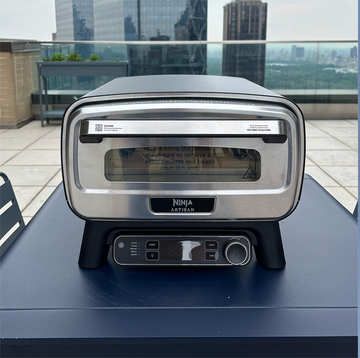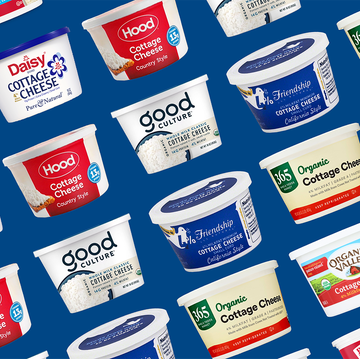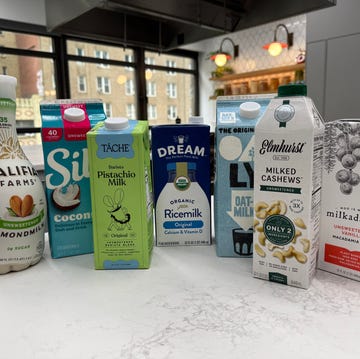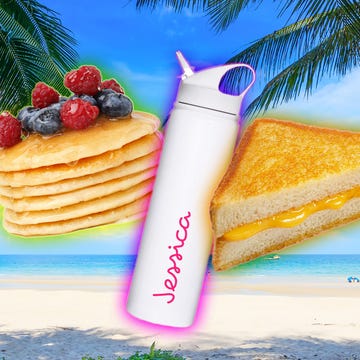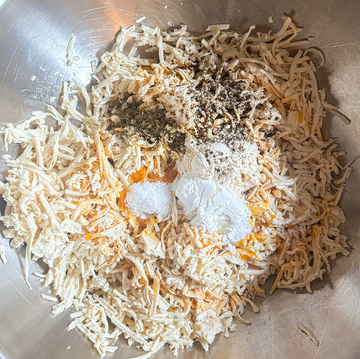American beer has never quite held a candle to beers from afar. Pabst Blue Ribbon tastes like pennies, and everyone knows "Natty Light" is basically liquid scrapple. But when and how did American beer get so ... bland? The answer dates back to America's early days.
British colonists in America preferred dark beers, which are akin to contemporary porters and stouts and roughly contain the same amount of alcohol. Since those beers required imported hops, which were too expensive, early Americans did the next best thing and started brewing with what was on hand: corn, wheat, and molasses. Needless to say, they didn't yield the same flavors (sorry, Budweiser).
Things worsened in the mid-1800s, when German immigrants like David G. Yuengling, known for the Yuengling brewery outside Philadelphia, brought their pale lager stateside. A hit with America's factory workers and miners who frequented nearby saloons during lunch breaks, the weak beer allowed them to down a pint without getting buzzed, says The Atlantic. Wateriness was an asset.
Though other factors—like labels—were at play, the final nail in the taste coffin may have been Prohibition and the Temperance movement, which put more than a thousand breweries out of business in 1920 alone. By the time Prohibition was repealed in 1933, the breweries that opened went with what they knew best: the light, blasé beers of the 1910s. It's enough to make you pour out a Schlitz in remembrance, isn't it?
Follow Delish on Instagram.




